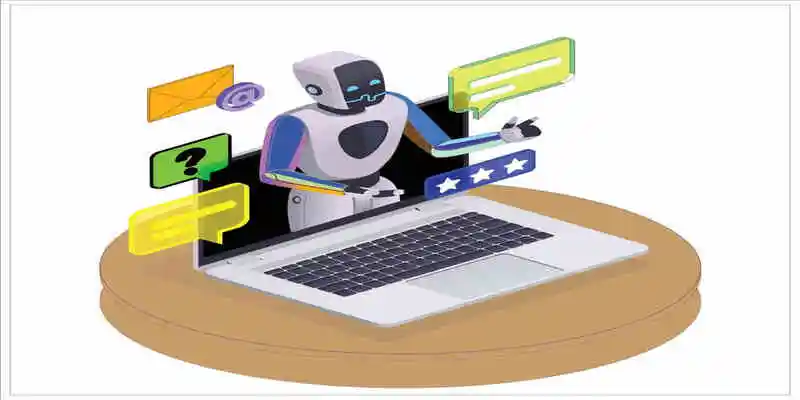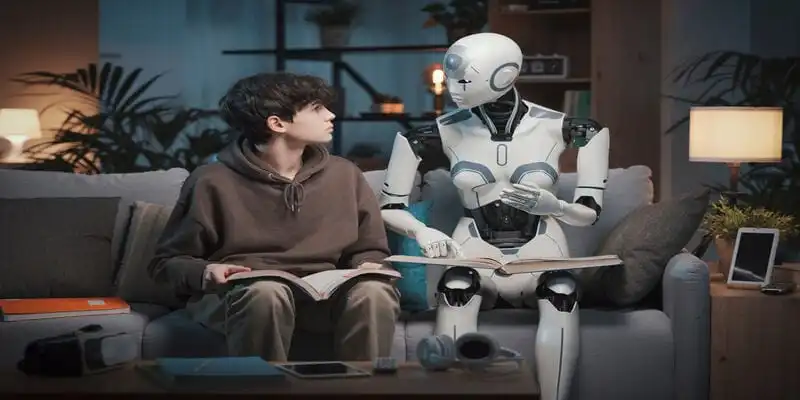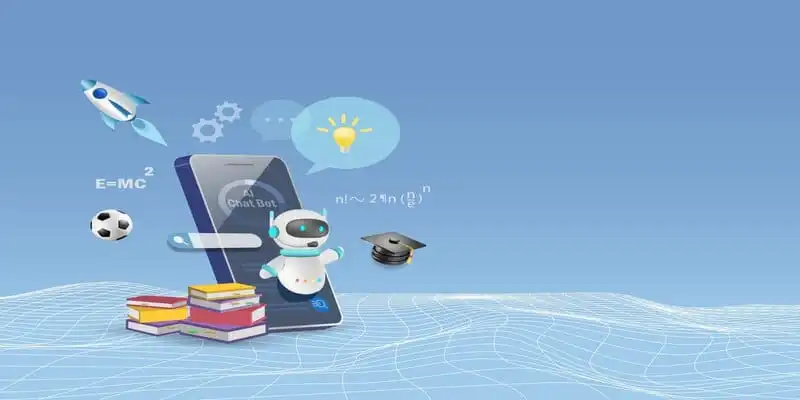The Rise of Campus Makerspaces: Robotics for Budding Inventors
Campus makerspaces offer students the opportunity to explore robotics and STEM through hands-on learning. There are popular tools for makerspaces in libraries, museums, and classrooms. These spaces foster creativity and vital thinking skills. Let's see the limitless potential of robotics.
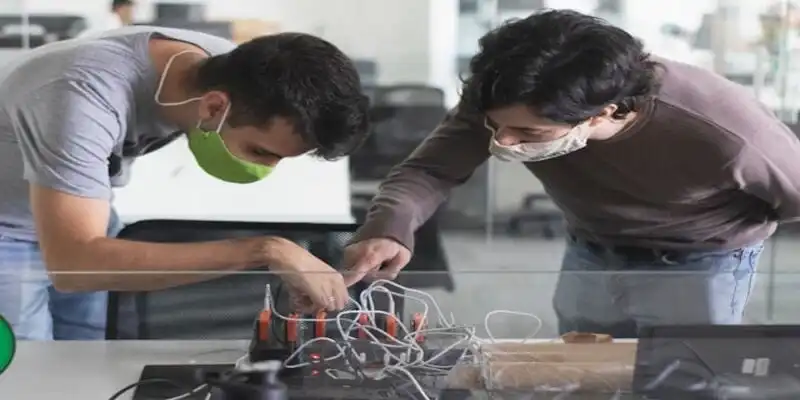
Campus makerspaces are emerging as vibrant hubs for invention. These dynamic environments equip students with the tools and resources to bring their ideas to life, especially in the field of robotics. By offering access to a variety of tools, from 3D printers to soldering irons, makerspaces are democratizing the process of creation and enabling students to explore the limitless potential of their imaginations.
For students juggling academic responsibilities and personal projects, the challenge often lies in balancing the pursuit of innovation with the demands of coursework. In this context, services like the best essay writing service EssayHub can be invaluable, providing professional writing help. This support system is crucial in an academic landscape that values both theoretical knowledge and practical skills. Let's explore the impact of campus maker spaces on educational experiences and how they are at the heart of fostering the next generation of inventors and problem-solvers.
The Emergence of Campus Makerspaces
The concept of makerspaces on college campuses is a response to the growing need for hands-on learning experiences that complement traditional classroom education. These spaces are outfitted with the tools and technology necessary for students to experiment, design, and build projects ranging from simple electronic devices to complex robots. The hands-on background gained in a makerspace is priceless, equipping students with valuable skills for implementing their knowledge in the workplace.
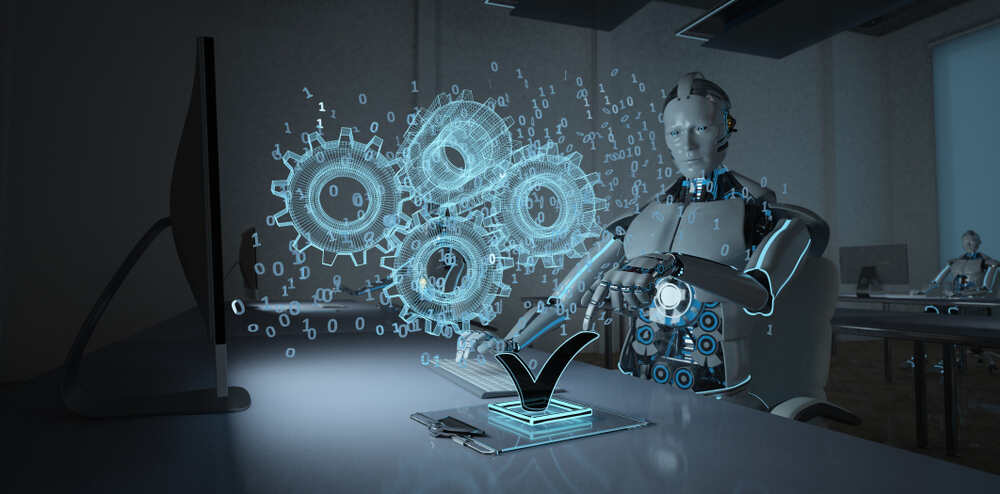
Additionally, makerspaces cultivate an environment where creativity blossoms. They motivate students to approach problems with fresh outlooks and imaginative answers. This setting is especially advantageous for students who are passionate about robotics, offering them the opportunity to apply what they've learned in class to real-life projects.
Tools and Technologies Available in Makerspaces
Campus makerspaces are equipped with a wide array of tools and technologies that are essential for robotics projects. Some of the key resources include:
- 3D printers: For building custom objects.
- Laser cutters: To cut and engrave materials precisely.
- CNC machines: For accurate machining of parts.
- Soldering stations: Essential for electronics assembly.
- Microcontrollers and sensors: The building blocks of robotic systems.
- Software suites: For CAD, simulation, and programming.
Having access to these resources empowers students to bring their robotic projects to life, from initial design to final assembly. The ability to experiment with different tools and materials enhances technical skills and encourages a trial-and-error approach to problem-solving.
The Role of Makerspaces in Robotics Education
Makerspaces play a pivotal role in robotics education by providing a platform for experiential learning. Students engaged in robotics can apply theoretical concepts learned in classes in a practical, hands-on environment. This application of knowledge helps in reinforcing learning and improving retention. Furthermore, working on robotics projects in a makerspace setting allows students to explore various aspects of engineering, from mechanical design to software programming.
The interdisciplinary nature of robotics means that students must be adept at integrating knowledge from multiple domains. Makerspaces provide an ideal environment for developing these integrative skills, as students are often required to collaborate with peers from different academic backgrounds to complete their projects.
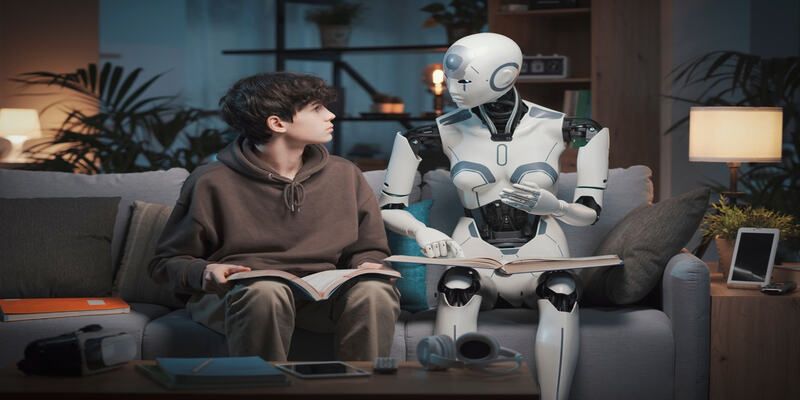
Enhancing Collaboration and Networking
One of the less obvious but equally important benefits of campus makerspaces is the opportunity they provide for collaboration. These spaces bring together students from various disciplines, fostering interdisciplinary projects that might not have been possible within the confines of a traditional classroom. Such collaborations can lead to innovative solutions and new approaches to problem-solving.
Moreover, makerspaces often attract visits from industry professionals, alumni, and enthusiasts from the wider community, providing students with valuable networking opportunities. These interactions can lead to internships, job offers, and participation in collaborative projects beyond the university setting, offering a bridge to the professional world.
Success Stories and Breakthroughs
The impact of campus makerspaces on robotics and innovation can be seen in the success stories and breakthroughs emerging from these environments. Highlights include:
- Student-led startups: Many successful tech startups have their origins in makerspace projects.
- Award-winning designs: Robotics teams utilizing makerspaces excel in national and international competitions.
- Patents and innovations: Students have developed patented technologies and innovations as part of their makerspace activities.
- Community projects: Projects aimed at solving real-world problems, such as environmental monitoring or assistive technology for the disabled.
- Research contributions: Contributions to academic research through prototypes and experimental designs developed in makerspaces.
These achievements underscore the value of makerspaces in promoting entrepreneurship among learners. By providing the resources and environment to explore and experiment, makerspaces are instrumental in turning ideas into tangible outcomes with real-world impact.
The Future of Makerspaces in Education
The future of makerspaces in education looks bright, with an increasing number of institutions recognizing their value in fostering innovation, creativity, and practical skills. As technology continues to evolve, so too will the tools and resources available in makerspaces, further expanding the possibilities for student projects and research. Additionally, the success of these spaces in promoting interdisciplinary collaboration and real-world problem-solving suggests that they will become an integral part of the educational landscape.
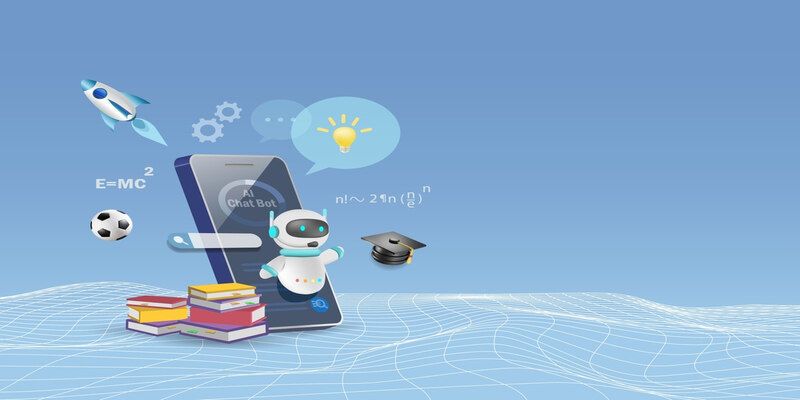
In the years to come, we can expect makerspaces to play a key part in training students for the issues of the future workforce. By continuing to support and invest in these innovative environments, educational institutions can ensure that their students are not just consumers of technology but creators who will drive the advancements of tomorrow.
Overcoming Challenges and Limitations
While the benefits of campus makerspaces are significant, there are challenges and limitations that institutions face in establishing and maintaining these spaces. Funding options and space allocation are among the primary concerns, as equipping and staffing a makerspace can be costly. Additionally, ensuring access to all interested students, particularly during peak times, requires careful management and scheduling.
However, many universities have found creative solutions to these challenges, such as partnering with industry sponsors, implementing membership fees, or offering training sessions to maximize the efficient use of the space and equipment. Aside from that, students are proactive and use write my essay services to deal with their homework and get more time to experiment on their makerspace projects. By addressing these issues, institutions and learners can ensure that the makerspaces serve as inclusive and productive environments.
In Conclusion
Campus makerspaces have emerged as vital incubators for student creativity, particularly in the realm of robotics, offering an invaluable blend of resources, technology, and collaborative opportunities. These spaces not only enable students to apply theoretical knowledge in practical settings but also foster innovation, problem-solving skills, and interdisciplinary teamwork. By providing access to cutting-edge tools and fostering a culture of experimentation, makerspaces equip students with the hands-on experience and technical acumen needed for success in the tech-driven world. As these spaces continue to evolve and expand, they promise to remain at the forefront of educational innovation, shaping the next generation of inventors, engineers, and entrepreneurs.

